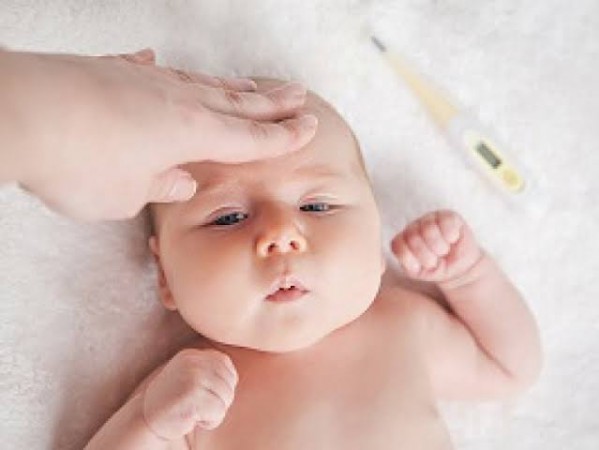
Learn how to relieve fever in kids with effective treatments like P100 Drops and P100 Syrup, complemented by home remedies. Keep your child comfortable and safe with these proven methods.
Fever in children is a common problem that parents worry about, and they are concerned about how to treat it and reduce it. Fever is actually a normal response of the body to infection, but it can cause your child to be uncomfortable and cranky. Knowing the proper ways of treating fever such as the use of P100 Drops and P100 Syrup will assist you in taking good care of your child. This article will help you understand how to treat fever in kids safely.
Understanding Fever in Children
Fever is generally described as a state in which the body temperature rises above 100. 4°F (38°C). It is an innate response that assists the body to combat diseases such as viruses and bacteria. Mild fevers can often be managed at home, but you should seek medical attention if your child is:
If your child’s fever is in any of these categories, you should seek medical attention as soon as possible.
P100 Drops and P100 Syrup
In the case of fever in children, there is a significant role that medications can help to play. P100 Drops and P100 Syrup are some of the medicines that are used to treat fever and pain in children.
P100 Drops: These are commonly used in children below the age of two years. P100 Drops are intended to lower fever and relieve pain so that your child feels better during the illness.
P100 Syrup: Recommended for children slightly older than those for whom the drops are prescribed, P100 Syrup has the same function but is easier to use since it is in liquid form. The syrup also has flavours that are preferred by children, this makes it easier to administer the syrup because the child will not resist taking the syrup.
P100 Syrup has paracetamol which is useful in the management of fever and pain. One should take the product in the dosage that is advised by the doctor. Natural Treatments to Use in Conjunction with Prescription Drugs Home remedies can be used to improve your child’s comfort and reduce fever naturally. Some of them are as follows:
Supervision and When to Get Assistance
However, it is important to observe the child’s condition even if you are treating the fever at home. Monitor their temperature and look for any signs of changes in their behavior or other symptoms that could be associated with a more severe form of the disease.
Preventing Fever in Children
It is always better to prevent a disease than to treat it. It is impossible to avoid fever all together as it is the body’s natural response to infection, however, there are things you can do to minimise your child’s chances of getting a fever.
It is always worrying to see children having fever but this is something that can be well handled at home with the right measures. To manage your child’s fever, you may use P100 Drops and P100 Syrup together with home remedies and close observation. It is always advisable to seek medical advice if you are uncertain about your child’s condition or if the fever persists.